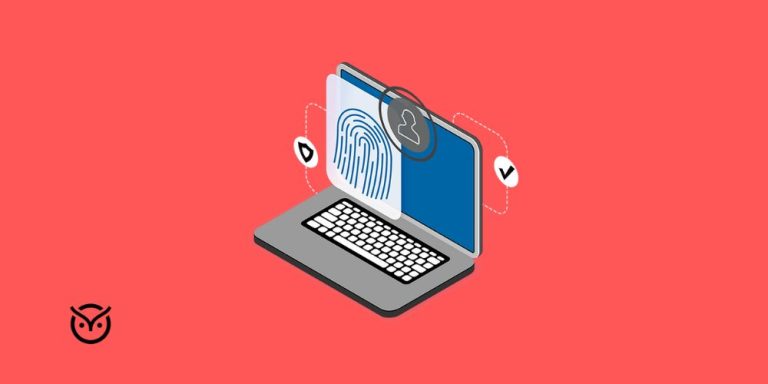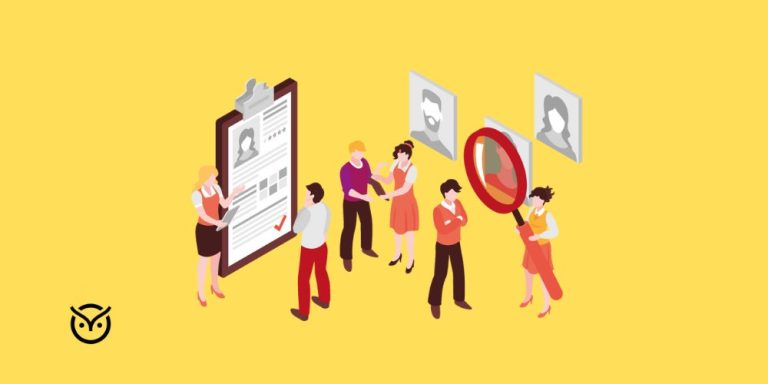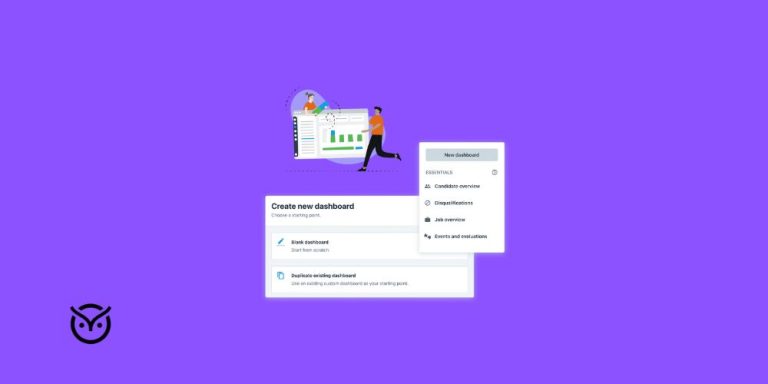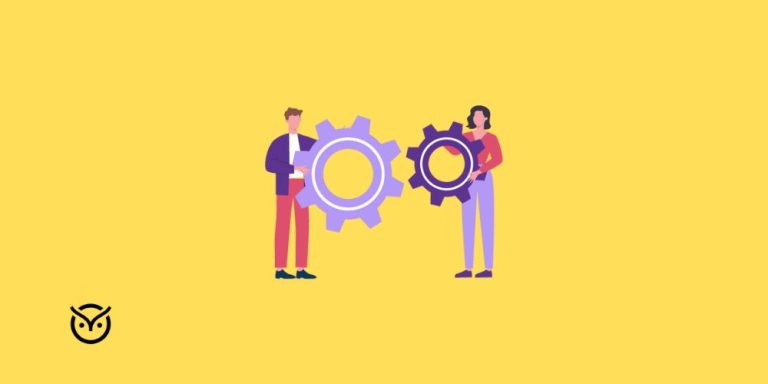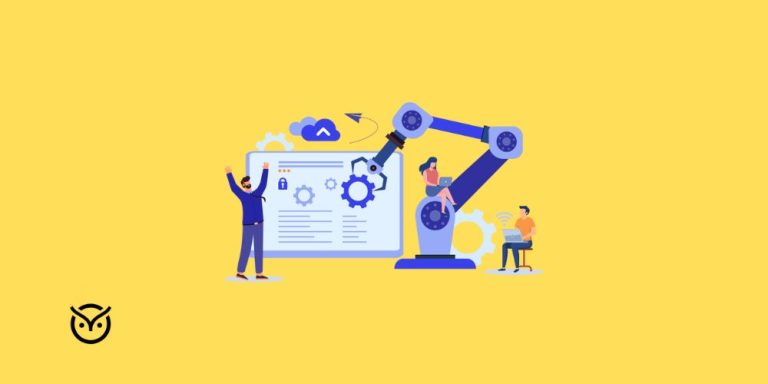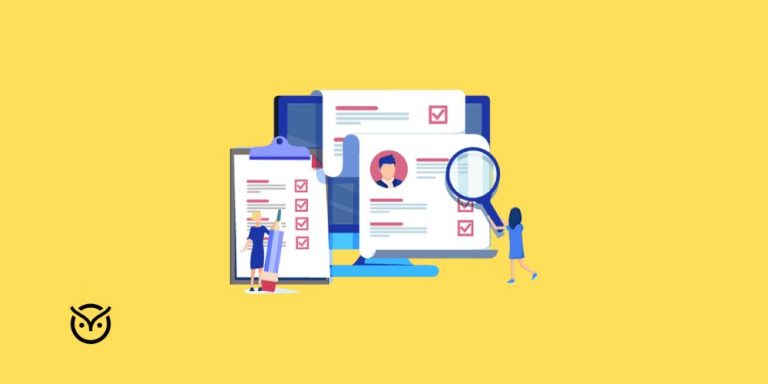The Benefits of Diversity in Employment for Innovation and Problem-Solving
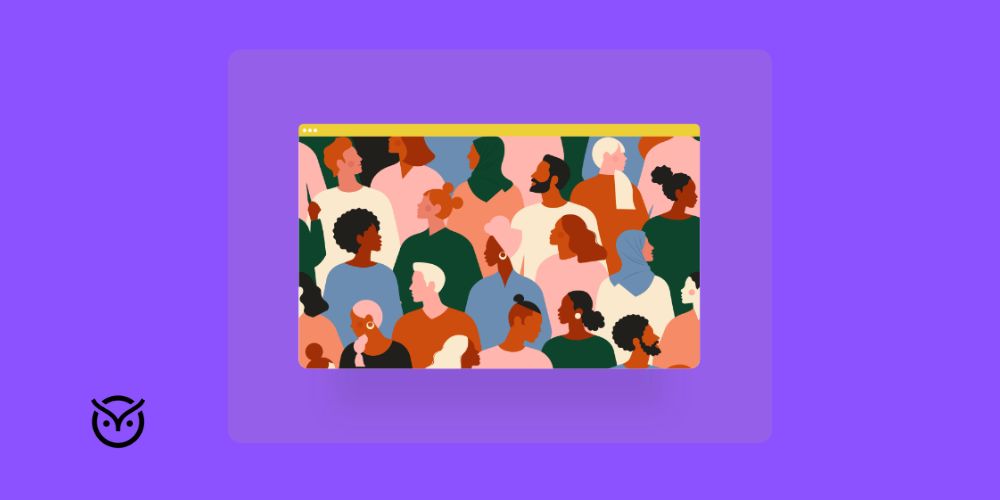
TL;DR
- Benefits of diversity in employment spark creativity and growth
- Various types of diversity make ideas stronger
- Diversity boosts innovation through fresh perspectives
- Diverse teams solve problems faster and smarter
- Action: use diversity questions, write inclusive jobs, and remove bias
In many companies, you’ll see people who look different, come from different places, and bring varied experiences. But often, they’re not asked to share those differences. This is a missed opportunity. The benefits of diversity in employment remain hidden when workplaces treat everyone the same instead of valuing what each person brings.
When a company truly embraces diversity as a strength, it opens the door to new ideas, smarter solutions, and growth. In this blog, you’ll learn what diversity in the workplace really is, see how diversity fuels innovation and problem solving, and get concrete steps to use diversity to your advantage.
What Does Diversity in Employment Mean?

Diversity in employment includes many dimensions. It’s not just about race or gender. It’s about mental styles, backgrounds, identities, and experience levels. Those are different types of diversity in the workplace.
Here’s a breakdown:
- Cultural diversity (ethnicity, nationality, religion) brings the pros of cultural diversity into view
- Gender diversity leads to benefits of gender diversity in the workplace
- Cognitive/functional diversity is how people think, their skills, and their educational background
- Age, ability, socioeconomic status, and more
“Organizational diversity” means the company as a whole includes these differences. An advantage for a company having organizational diversity is that it can tap many markets, see blind spots, and respond to change more flexibly.
You’ll often hear about diversity types workplace strategies, meaning how a firm recruits, supports, and retains different groups. Also, examples of diversity in the workplace include having engineers, marketers, people from rural and urban areas and those with disabilities working side by side.
Quick Check — What Does Diversity Include?
Which of these is not a type of workplace diversity?
How Diversity Fuels Innovation

When people with different mindsets come together, ideas collide. That mix is the spark for innovation.
- Companies with high diversity report up to 19% higher revenues from innovation compared to less diverse peers.
- Organizations with inclusive cultures are six times more likely to be agile and innovation-oriented.
- Across regions, research shows diversity boosts economic growth by enabling serendipitous exchanges and information flow.
When you combine cultural, cognitive, and functional diversity, you reduce the chance that everyone in a room thinks the same. That means new pathways, fresh products, novel solutions.
But a warning: too much fragmentation without cohesion can backfire. Some studies find a curving effect, like innovation rises then dips if coordination suffers.
How Diversity Improves Problem-Solving

Innovation is one thing. Solving tough problems is another. Diversity helps in that, too.
- Teams made up of different thinkers solve problems faster by combining varied heuristics and viewpoints.
- In experiments, groups with homogeneous members often get stuck. Diverse groups tend to escape that trap.
- Research shows that task-related diversity (differences in skills, training) correlates strongly with higher team performance.
- In collaborative tasks, minority voices in diverse groups often drive new angles that push the group ahead.
Because members challenge each other’s assumptions, errors, and gaps are more likely to show up earlier. Diverse teams bring a built-in audit system.
Solve Together — Who Sparks the Breakthrough?
A global team must launch a new eco-product. The engineer, marketer, and sociologist all disagree on the approach. Who do you think will bring the breakthrough idea?
Key Benefits of Diversity in Employment

The benefits of diversity in employment stretch far beyond compliance or good PR. They shape creativity, teamwork, and how quickly a company can adapt to change.
Broader Perspectives
Diverse employees bring different lived experiences, which fuel better brainstorming. When ideas come from people who grew up, studied, or worked differently, the outcomes feel more human and original.
Smarter Decisions
Studies show that inclusive teams make more accurate decisions up to 87% of the time because members debate, test, and refine ideas rather than rushing to an agreement. Diversity lowers groupthink and raises reasoning quality.
Stronger Brand Reputation
Customers want to see themselves represented. Companies that embrace managing diversity and targeting specific demographics earn trust from wider markets. This is why diversity now connects directly to consumer loyalty.
Better Employee Engagement
When employees know their opinions count, motivation follows. People who feel included are more likely to go beyond their roles to help others and innovate.
Competitive Advantage
A diverse workplace is not only fair. It’s smart business. Teams that reflect real-world variety understand user needs better and spot patterns early. These are the real positives of cultural diversity that translate into innovation and profit.
Team Comparison — Diversity in Action
Homogeneous Team
Similar ideas. Limited growth.
Best Practices to Leverage Diversity for Innovation

Many companies say they value diversity, but stop at hiring. The real challenge starts after the offer letter. Below are steps that turn diversity into action.
Train and Educate
Building awareness through the importance of diversity training in the workplace helps teams unlearn stereotypes and develop respect. Training should cover both behavior and decision making to create lasting cultural change.
Hire Inclusively
Start from the beginning. Design inclusive job descriptions that attract different candidates and reduce bias. Simple wording shifts like removing gendered phrases or unnecessary degree requirements widen your reach.
Rethink the Interview Process
Ask thoughtful diversity interview questions that focus on how candidates have worked in or contributed to diverse environments. These questions reveal whether a person can thrive in and support inclusion.
Reduce Hidden Bias
Use tools and structured hiring methods that address unconscious bias in recruitment. Combine AI-assisted screening with human oversight to build fairer, more balanced teams.
Build an Inclusive Culture
Hiring diverse people isn’t enough if the culture excludes them. Leadership must model inclusivity by listening, inviting different voices into key projects, and rewarding collaboration.
Recognize and Celebrate
Show employees that diversity is valued. Highlight role models, share examples of diversity in the workplace, and make success stories visible. Recognition makes inclusion real, not performative.
When all of this works together, diversity as a strength becomes visible in every meeting, project, and product release.
Conclusion
Workplace diversity is a growth strategy. The benefits of diversity in employment reach every part of a business: ideas become sharper, employees stay motivated, and companies stay ready for change.
Leaders who understand that an advantage for a company having organizational diversity is that it can adapt faster will outperform those who ignore it. The message is simple. Diversity isn’t about numbers. It’s about creating an environment where different people can come together and build something extraordinary.

